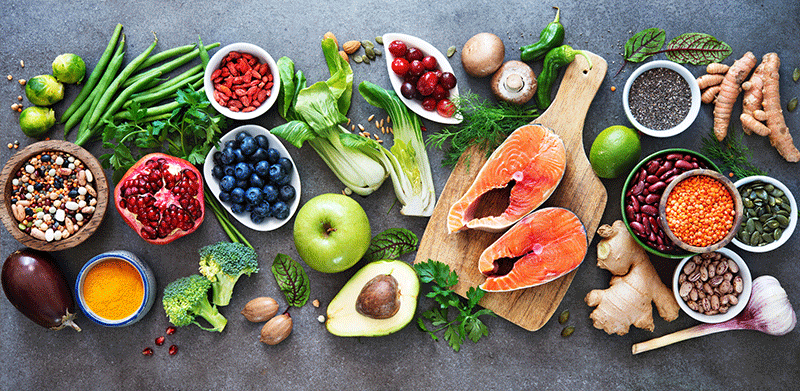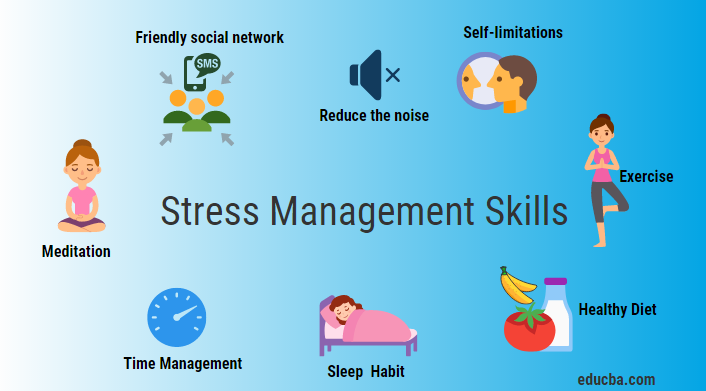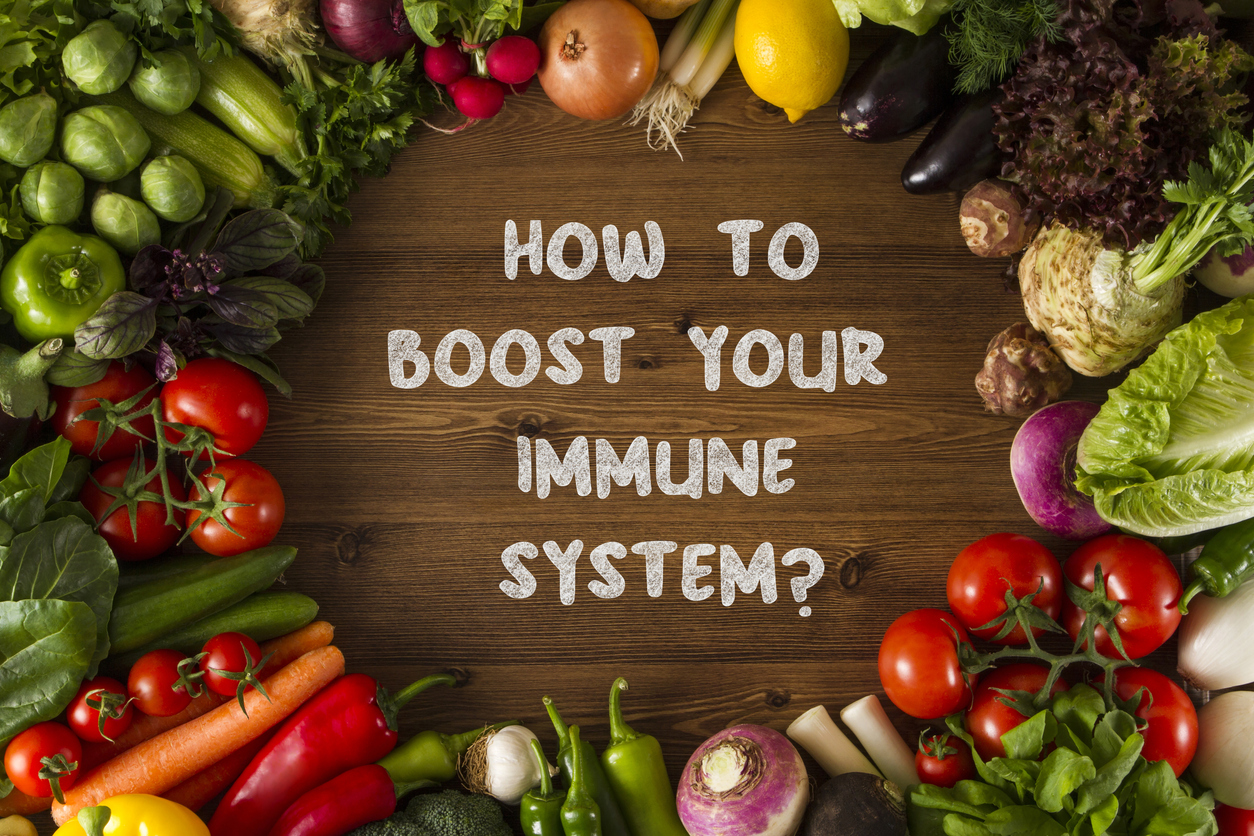The Rise of Predictive AI and Slot Machines Revolutionizing the Landscape of Casino Gaming

Introduction:
Technology plays a profound role in shaping the casino gaming industry. Just check out the way that the online adaptation of real-world slot gaming has changed. Yet the next great …
Read MoreThe Benefits of Regular Physical Activity Enhancing Your Health and Longevity

Regular exercise increases your muscle strength and bone density, and boosts your energy. This can help you avoid accidents such as falls, and improve your resilience as you get older.
Studies …
Read MoreExploring Different Diet Trends Pros and Cons

Keto Diet
The keto diet is a low-carb, high-fat approach to eating that has become popular as a weight loss tool. However, it may not be a healthy way to …
Read More5 Superfoods for a Nutrient-Rich Diet Boosting Your Health From Within

Superfoods are nutrient-dense foods that provide high amounts of vitamins, minerals and antioxidants. While there is no standard definition for what qualifies as a superfood, some common examples include kale, …
Read MoreThe Power of Mindfulness – Incorporating Mindful Practices Into Your Daily Life

Mindfulness is a practice that requires dedication and time, but it is possible to integrate into your daily life. By developing awareness of your environment and internal state, you can …
Read MoreStress Management Techniques Nurturing Mental and Emotional Well-Being

Stress can be a powerful force in the lives of individuals and organizations. When unmanaged, it can undermine relationships and contribute to physical health problems and mental illness.
Fortunately, there are …
Read MoreUnderstanding the Microbiome and Its Impact on Overall Wellness

Each person has a unique network of microorganisms that is determined by their DNA. Most of these bacteria are friendly and have a symbiotic relationship with the body, but some …
Read MoreBoosting Your Immune System Naturally Foods and Habits That Strengthen Your Defenses

Like a well-rehearsed orchestra, your immune system works at its best when all components are working together. You can give it a boost by incorporating nutrient-rich foods into your diet …
Read MoreKey Lifestyle Changes for Cardiovascular Wellness

While genetics play a role in heart problems, many can be prevented or delayed by eating a healthy diet, not smoking and getting regular exercise. Keeping blood pressure, cholesterol and …
Read MoreEffective Workouts for Busy Professionals Making Fitness a Priority

Adding exercise to a busy schedule may seem impossible, but it is not. With a bit of strategy, flexibility, and a mindset shift, it is entirely doable.
Encourage clients to make …
Read More